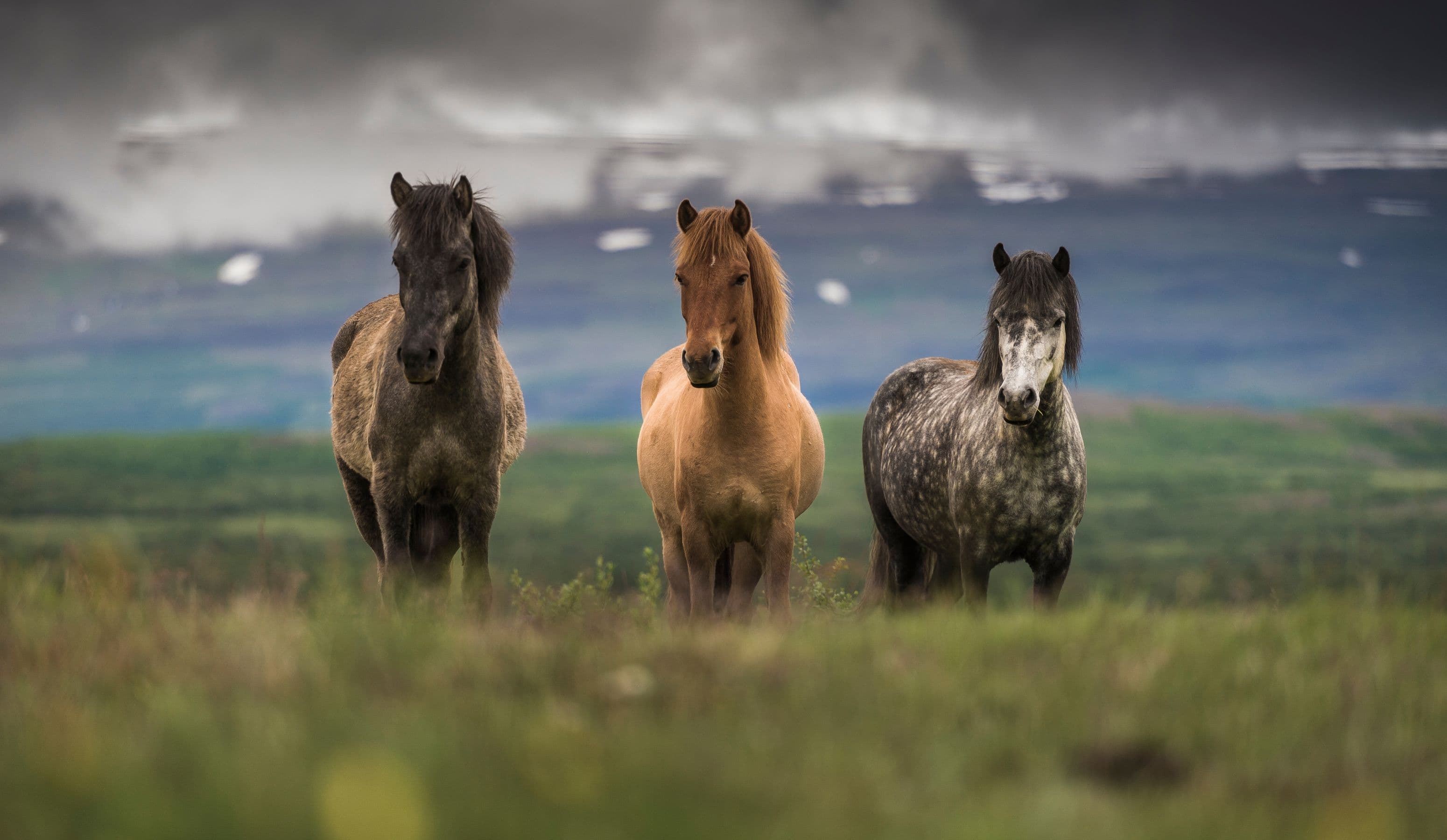
Culture
The Unique Charm of Icelandic Horses: A Journey Through History &Modern-Day Interactions
Among its many treasures, the Icelandic horse stands out as a symbol of the nation's resilience, heritage, and spirit. These small but sturdy horses have a fascinating history, are deeply intertwined with Icelandic culture, and offer unique experiences for visitors.
In this comprehensive guide, we will explore what makes Icelandic horses so special, from their origins to their role in modern Iceland, and provide essential tips for interacting with these remarkable animals.
The Arrival of Icelandic Horses: A Historical Perspective

The story of Icelandic horses begins over a millennium ago, with the settlement of Iceland by Norsemen in the late 9th and early 10th centuries. These settlers brought with them horses from their homelands in Scandinavia, as well as from the British Isles. The horses that accompanied the Vikings on their long sea voyages were chosen for their hardiness, adaptability, and strength, traits that would prove crucial in the harsh and unpredictable Icelandic environment.
Over the centuries, the Icelandic horse breed developed in relative isolation. The harsh climate and challenging terrain of Iceland shaped these horses into a unique breed, distinct from their European ancestors. In 982 AD, the Icelandic parliament, the Althing, implemented a law prohibiting the importation of horses into Iceland. This law, still in effect today, has preserved the purity of the Icelandic horse breed, making it one of the purest horse breeds in the world.
Icelandic Horses in Saga and Folklore
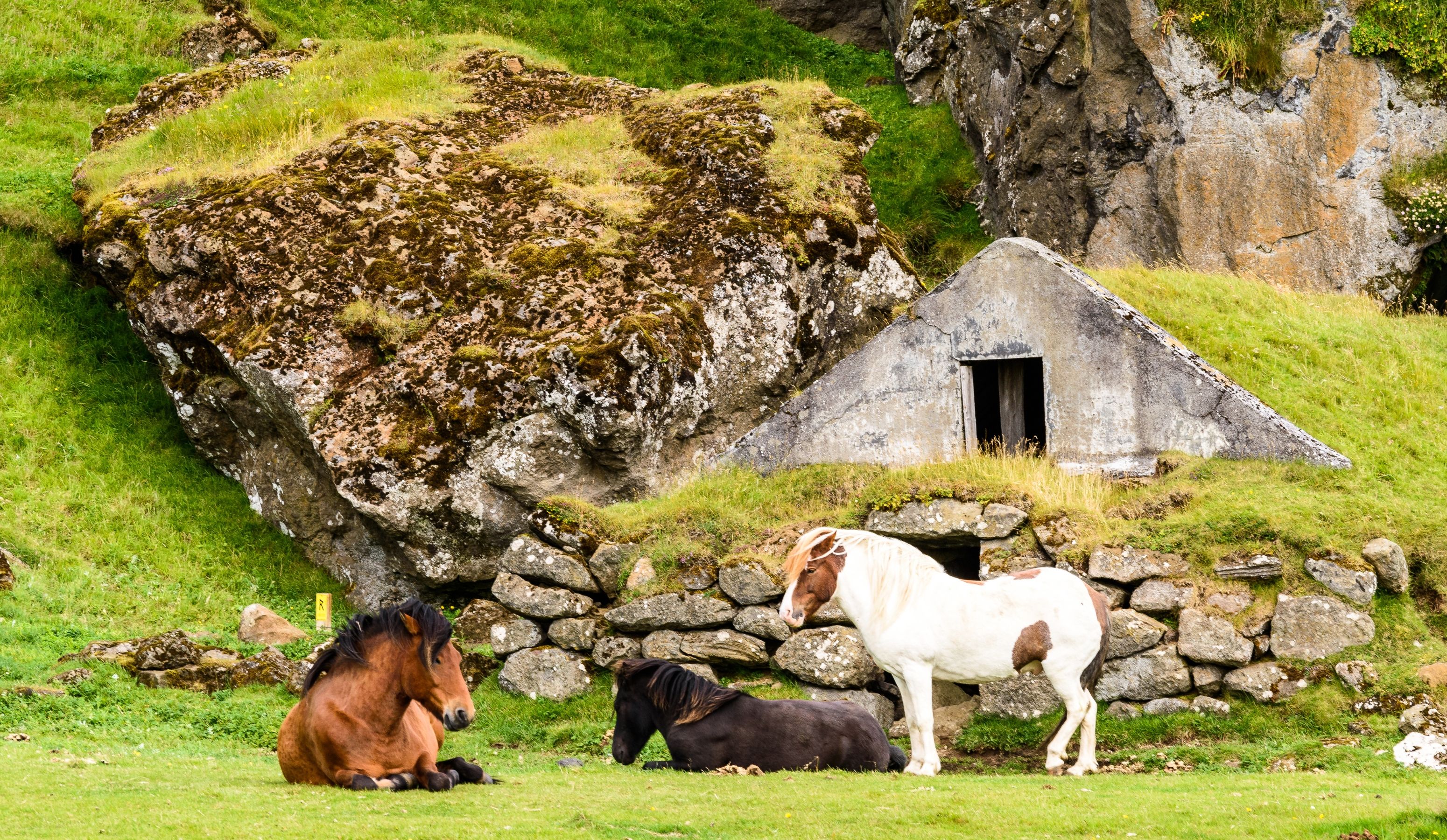
The Icelandic sagas, written between the 12th and 14th centuries, are filled with references to horses, highlighting their importance in early Icelandic society. These epic tales often feature heroic figures and their trusty steeds, illustrating the deep bond between humans and horses. Horses were not only essential for transportation and farming but also played a significant role in social status and wealth.
One of the most famous sagas, "Njal's Saga," mentions horses frequently, including the celebrated mare, Skalm. Skalm was known for her exceptional qualities and became the progenitor of a famous bloodline. The sagas also tell of horse fights, a popular form of entertainment in medieval Iceland, where stallions would compete in displays of strength and agility. These accounts underscore the cultural significance of horses and their revered status among the Icelandic people.
The Role of Icelandic Horses in Early Society
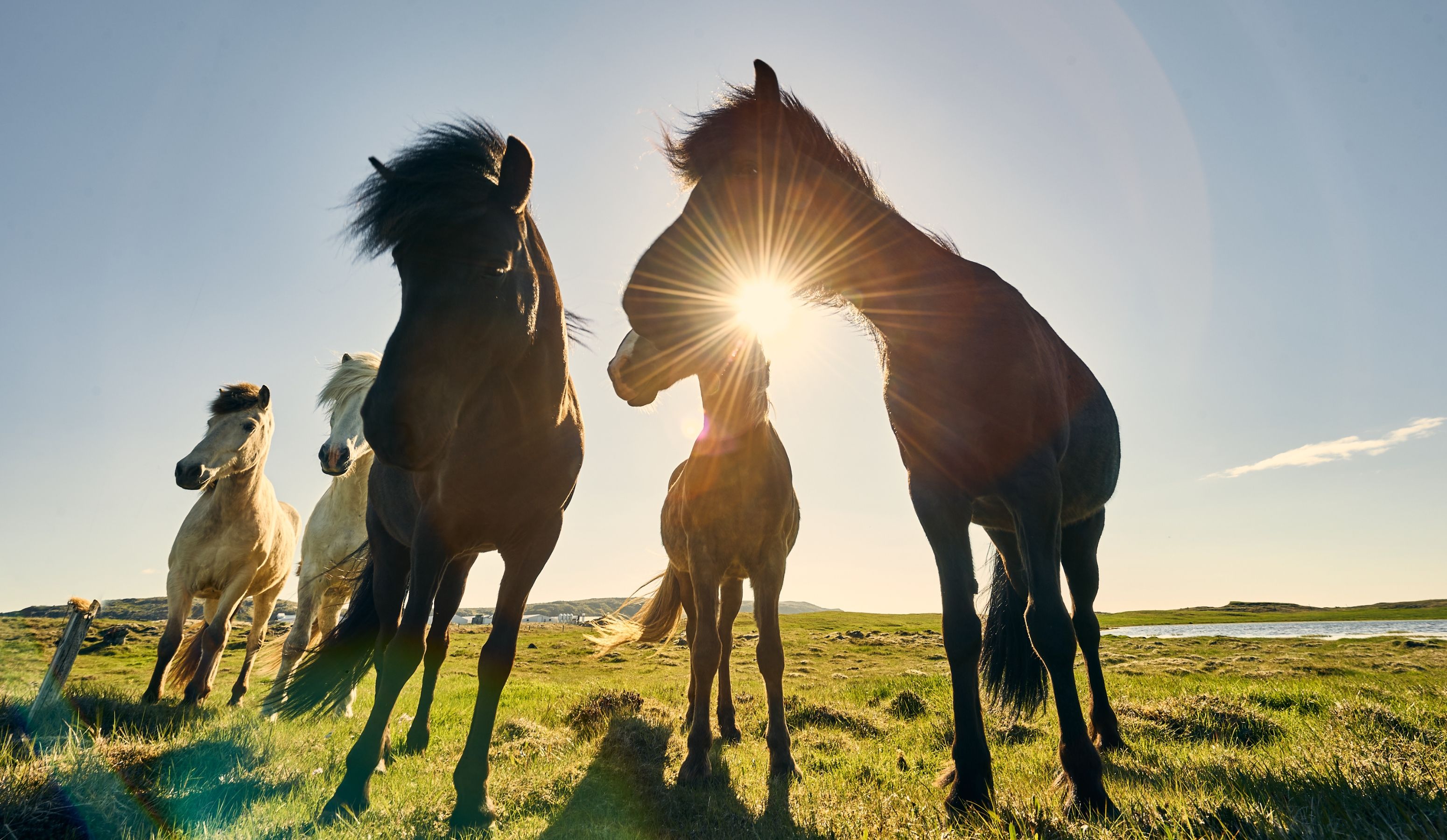
In the harsh and isolated conditions of medieval Iceland, horses were indispensable. They were used for a variety of purposes, including transportation, farming, and herding sheep. The rugged terrain of Iceland made horses the preferred mode of travel, as they could navigate the rocky landscapes and ford the numerous rivers that crisscross the island. Their strength and endurance were vital for the survival of early settlers, and owning a horse was often a mark of wealth and prestige.
Icelandic horses were also used in traditional farming practices. They were essential for plowing fields and transporting goods, making them a critical component of the agrarian economy. The bond between horses and their owners was strong, forged through the daily challenges of life in a harsh environment. This connection is still evident today in the deep respect and affection that Icelanders have for their horses.
Characteristics and Unique Traits of Icelandic Horses

The Icelandic horse is renowned for its distinctive characteristics, which set it apart from other breeds. Despite their small stature, typically standing between 13 and 14 hands high (52 to 56 inches), they are known for their strength, endurance, and versatility. Their compact and muscular build, coupled with their thick coats, enables them to withstand Iceland's harsh winters and rugged terrain.
One of the most unique traits of the Icelandic horse is its five gaits. While most horse breeds have three or four gaits (walk, trot, canter, and gallop), the Icelandic horse has two additional gaits: the tölt and the skeið, or flying pace. The tölt is a smooth, four-beat gait that allows the rider to travel long distances comfortably. It is highly valued for its speed and smoothness, making it ideal for traversing Iceland's rough landscapes. The flying pace, a fast and ground-covering gait, is primarily used in racing and showcases the breed's agility and speed.
The Modern-Day Icelandic Horse
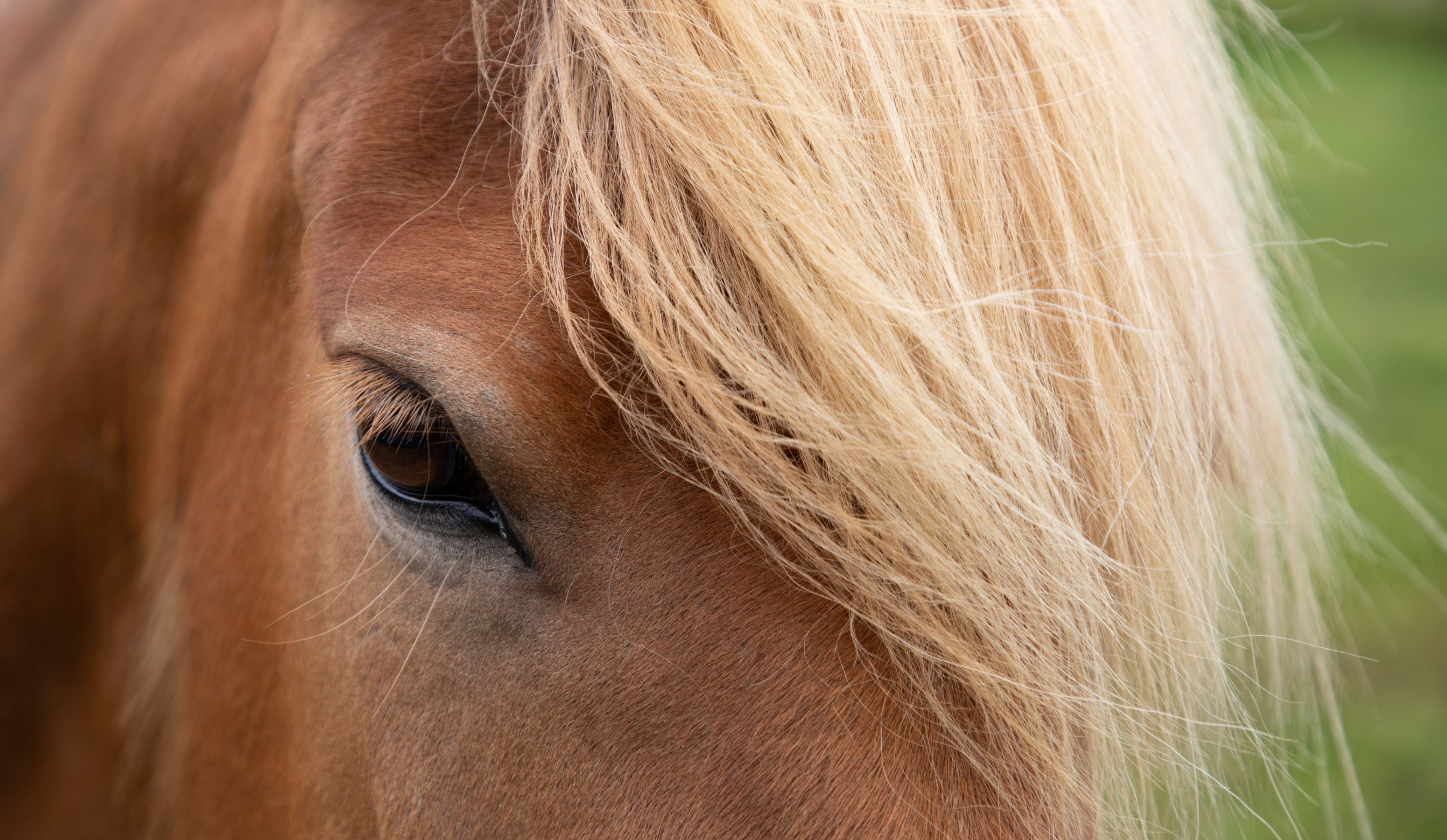
Today, Icelandic horses continue to play an important role in Icelandic culture and economy. They are used in various equestrian sports, including racing, dressage, and endurance riding. The annual Landsmót, or National Horse Show, is a major event that attracts breeders, riders, and enthusiasts from around the world. This event showcases the best of Icelandic horses and highlights their versatility and beauty.
Icelandic horses are also popular among tourists, who come to Iceland to experience riding these unique animals. Numerous tour companies offer horseback riding excursions, allowing visitors to explore the stunning Icelandic landscapes in a truly authentic way. These tours range from short rides through scenic areas to multi-day treks across the highlands, providing opportunities for riders of all skill levels to enjoy the experience.
Interacting with Icelandic Horses: Dos and Don'ts

For those visiting Iceland, encountering Icelandic horses is often a highlight of the trip. Whether you're planning a riding tour or simply want to admire these beautiful animals, it's important to know how to interact with them properly. Here are some essential tips for interacting with Icelandic horses:
Dos:
- Approach Calmly: When approaching Icelandic horses, do so calmly and quietly. Sudden movements or loud noises can startle them.
- Respect Their Space: While Icelandic horses are generally friendly and curious, they still need their space. Approach them slowly and allow them to come to you.
- Offer Your Hand: To let a horse get familiar with you, extend your hand with the palm facing down. This allows them to sniff and get accustomed to your scent.
- Listen to Guides: If you are on a guided tour, follow the instructions of your guide. They are experienced and know how to handle the horses safely.
- Wear Appropriate Gear: If you're planning to ride, wear suitable clothing and protective gear, such as helmets. Dress in layers to adapt to changing weather conditions.
Don'ts:
- Don't Feed Them: Feeding horses can be harmful, as they have specific dietary needs. Avoid giving them any food, including treats.
- Don't Approach Foals: Young horses, or foals, can be more skittish and protective of their mothers. It's best to observe them from a distance.
- Don't Startle Them: Avoid making sudden movements or loud noises that could startle the horses.
- Don't Ride Without Permission: Never attempt to ride a horse without the owner's permission and proper supervision.
- Don't Trespass: Respect private property and avoid entering fields or stables without permission.
The Ethical Treatment of Icelandic Horses
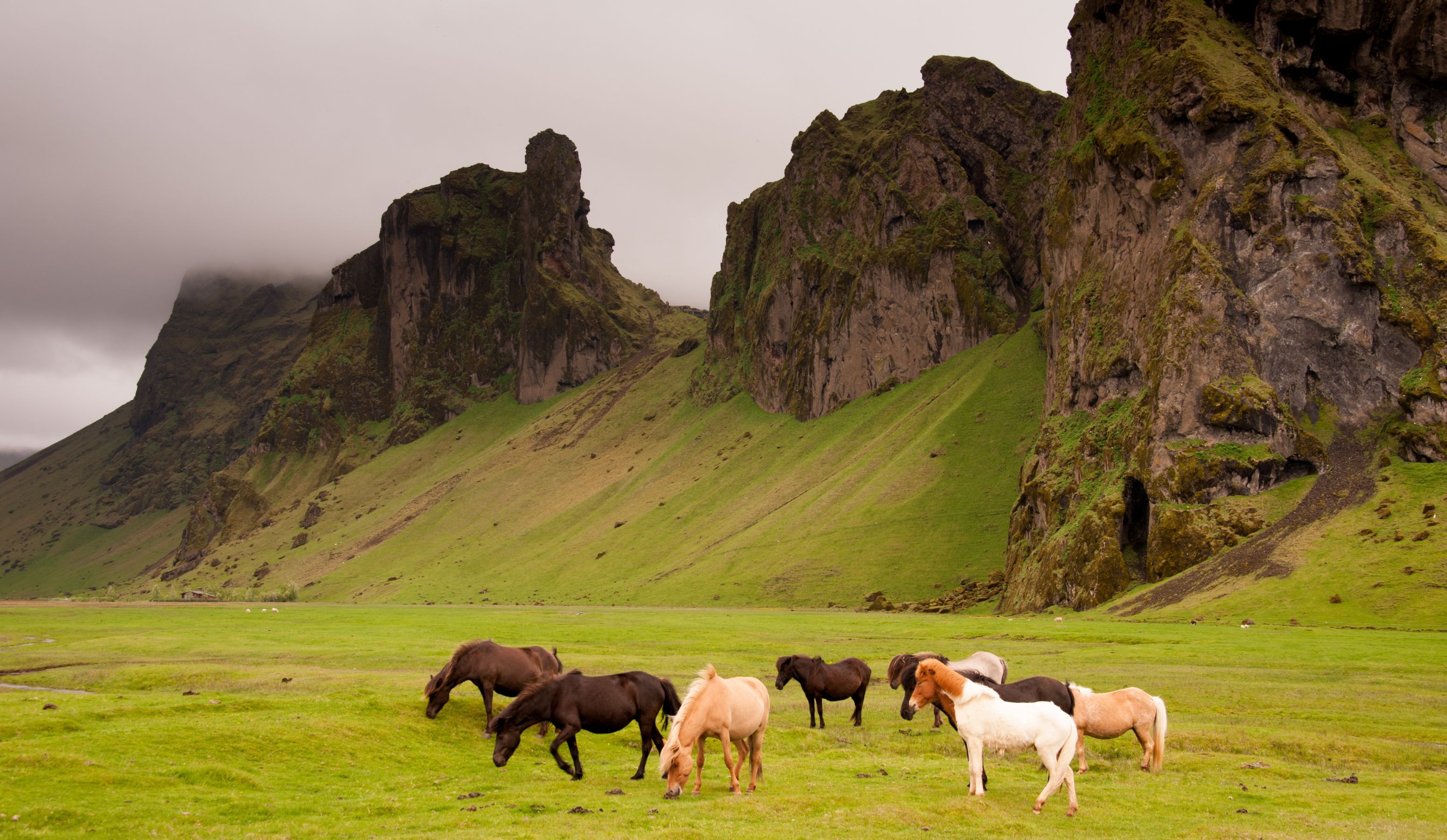
The welfare of Icelandic horses is of utmost importance to Icelanders. The Icelandic Horse Association (LH) and other organizations work diligently to ensure the ethical treatment and breeding of these animals. Breeders follow strict guidelines to maintain the purity and health of the breed, and there are regulations in place to prevent overworking or mistreating horses.
Visitors should also be mindful of ethical considerations. When choosing a tour company for horseback riding, look for those who prioritize the welfare of their horses. Reputable companies will have well-cared-for horses, knowledgeable guides, and transparent practices. By supporting ethical tour operators, you contribute to the well-being of Icelandic horses and promote responsible tourism.
The Symbolism and Cultural Significance of Icelandic Horses
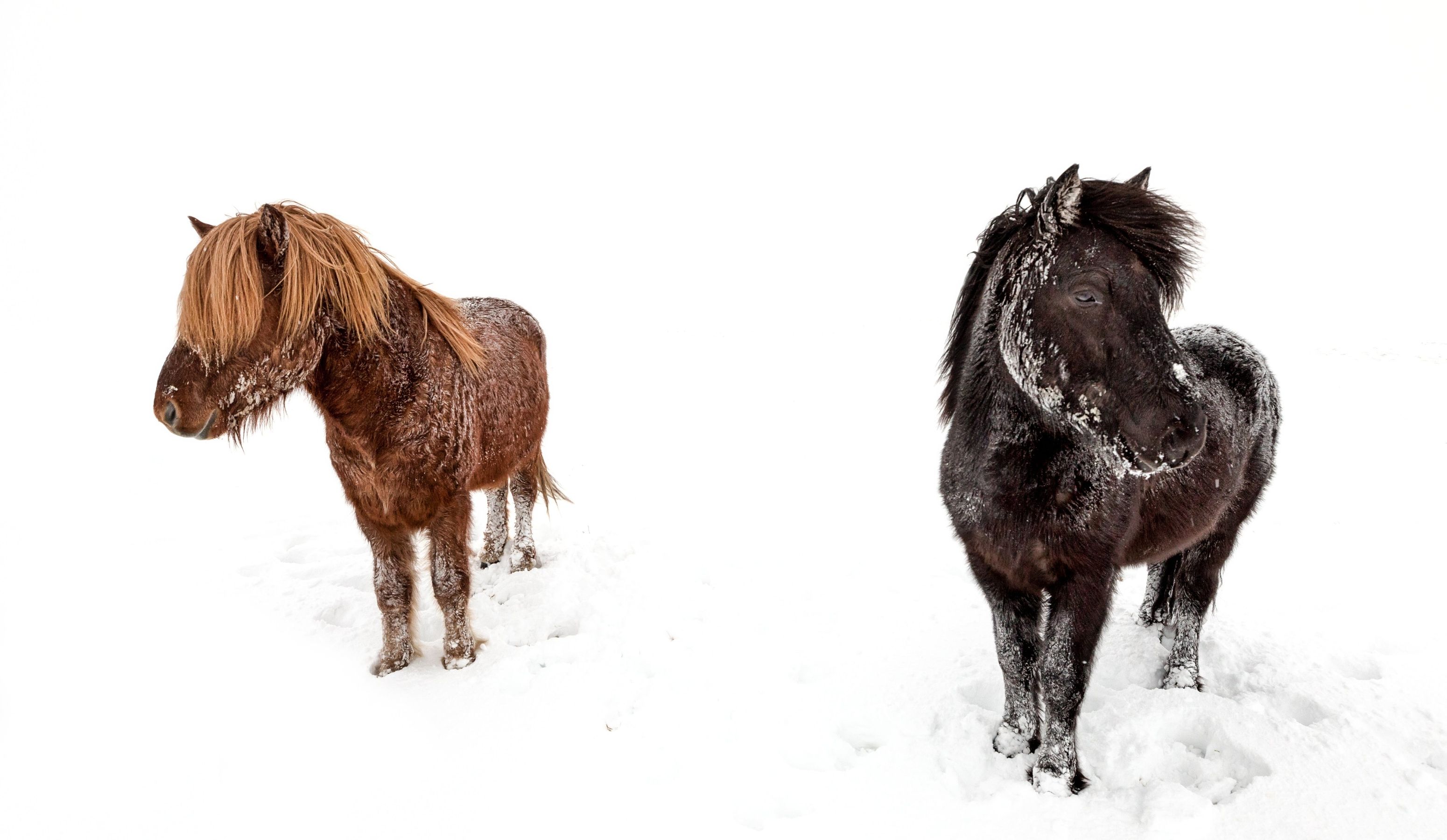
Beyond their practical uses, Icelandic horses hold a deep cultural significance in Iceland. They are seen as symbols of strength, resilience, and freedom. Their ability to thrive in a harsh environment mirrors the Icelandic spirit, and their presence in folklore and sagas connects modern Icelanders to their heritage.
Icelandic horses are also featured in various cultural events and festivals. The Reykjavik Horse Festival, for example, celebrates the unique qualities of these horses with parades, demonstrations, and competitions. Such events not only entertain but also educate the public about the historical and cultural importance of the breed.
The Future of Icelandic Horses

As Iceland continues to grow as a popular tourist destination, the demand for horseback riding experiences increases. This presents both opportunities and challenges for the future of Icelandic horses. On one hand, it provides economic benefits and helps preserve traditional practices. On the other hand, it requires careful management to ensure the welfare of the horses and the sustainability of the industry.
Efforts are being made to promote responsible tourism and protect the breed. Organizations like the International Federation of Icelandic Horse Associations (FEIF) work to standardize practices and promote the breed worldwide. Education and awareness campaigns aim to inform both locals and visitors about the importance of preserving this unique aspect of Icelandic heritage.

The Icelandic horse is more than just a breed; it is a living testament to the history, culture, and spirit of Iceland. From their origins with Viking settlers to their role in modern tourism, these horses have remained an integral part of Icelandic life. Their unique characteristics, deep cultural significance, and the joy they bring to those who encounter them symbolize the nation's enduring legacy.
For visitors, interacting with Icelandic horses offers a chance to connect with this rich heritage and experience the natural beauty of Iceland in a truly special way. By following ethical guidelines and respecting these magnificent animals, we can ensure that Icelandic horses continue to thrive and enchant future generations. So, whether you're planning a trip to Iceland or simply have a passion for horses, the story of the Icelandic horse will inspire and captivate you.
POPULAR ACTIVITIESPowered by:

We recommend booking tours and activities with our friends at Reykjavík Tourist Info. They offer all the most popular things to do, and their prices are always great. Here are a few of our favorite tours.
On their site you can see everything they have to offer: www.RTI.is
EXPLORE FURTHER

Visiting Iceland in March: Longer Days, Northern Lights, Glacial Hikes & More

How to avoid speeding tickets in Iceland

Beginner-Friendly Hiking Trails to Explore

Experience Iceland's Thrill: Whitewater Rafting on the East Glacial River!


Hallgrímskirkja Church

Snowmobiling in Iceland: A Thrilling Arctic Adventure

Unveiling the Subterranean Marvel: Exploring The Lava Tunnel Raufarhólshellir in Iceland

Exploring Iceland's Fiery Majesty: The Ultimate Volcano Guide for Adventurers
Hear from Our Customers
Welcome to Our Community - your hub for insightful reviews and authentic opinions. Join us in shaping the conversation where your voice matters!



